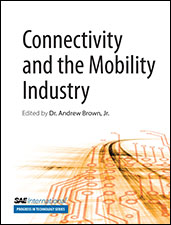Technical Paper
A tibial mid-shaft injury mechanism in frontal automotive crashes
2001-06-04
2001-06-0241
Lower extremity injuries in frontal automotive crashes usually occur with footwell intrusion where both the knee and foot are constrained. In order to identify factors associated with tibial shaft injury, a series of numerical simulations were conducted using a finite element model of the whole human body. These simulations demonstrated that tibial mid-shaft injuries in frontal crashes could be caused by an abrupt change in velocity and a high rate of footwell intrusion.



